Written by Margarita Kyrkou, surveyor engineer at Wattcrop
When most people think of “solar power” they imagine solar panels bolted to rooftops or mounted on land. However, advances in solar energy technologies are leading to new discoveries that allow for an increasing number of creative applications, some of which are listed below.
Lighting
Photovoltaic systems are also used in lighting systems, remote or mobile. When installing them, there is no need for excavation to place the cables, because they do not take their energy from the electricity grid. Solar energy is used to charge the stand-alone battery during the day and at night, the energy released from the battery powers the lights. A timer or photocell controls the operation of the lights from dusk to dawn. Their adjustment is quick, usually less than one day per street light. They are mounted on billboards, road signs, public use facilities, parking lots, holiday cabins, and lighting for trains.
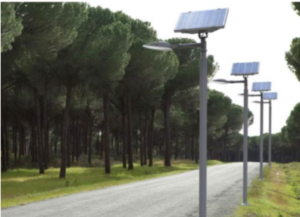
Autonomous photovoltaic systems in sailing & inflatable boats
These are panels that are flexible, so they have greater resistance to extreme weather conditions (e.g. wind) and their installation does not burden the hull of the boat.
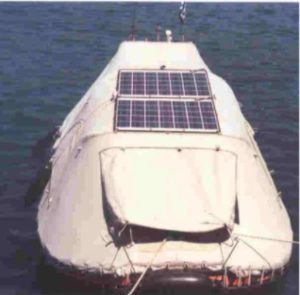
Parking lot with photovoltaic cover
Carports – parking for cars with photovoltaic coating are the ideal solution for parking spaces in commercial buildings, supermarkets, car service stations and passenger stations. They can be used both to generate electricity to meet the needs, but also for charging vehicles.
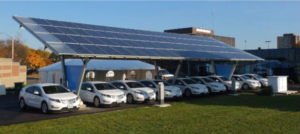
Solar Powered Roads
Solar-powered roads have the potential to produce clean energy, light up at night and melt snow and ice during the winter months. Installed in place of traditional asphalt, these road panels can generate clean and renewable solar energy while allowing for the smooth passage of normal vehicle traffic over the roadway. Creating solar roadways on just a portion of our streets and highways would produce enough clean energy to meet all of our needs, among many other benefits. Perhaps more efficient is considered to be placing the panels on roads (car or bike paths) creating a path with panels on their roof.
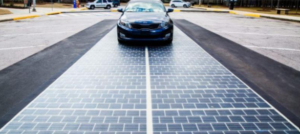
Photovoltaic systems over canals
Solar panels are placed over artificial irrigation canals for the first time in India. This strategy has been found to reduce evaporation by providing shade from the heat of the sun, coupled with energy production
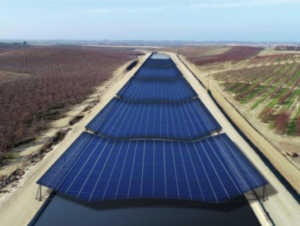
Solar fabrics
Tiny, flexible solar panels can now be sewn into the fabric of clothing. Solar yarns embedded in shirts, winter coats and other clothing keep you warmer, power your phone or provide energy for other portable electronic needs. Other applications include lighting building facades, awnings and curtains or powering heated car seats.
The need for cheaper and more sustainable energy means that solar energy technologies will continue to evolve, improving existing ones and discovering new ones.

